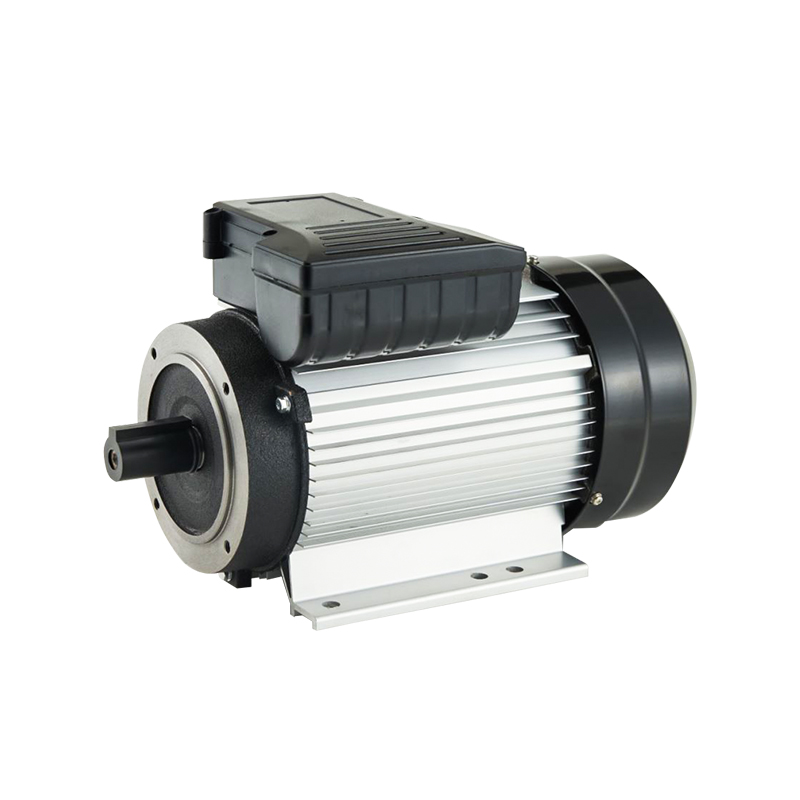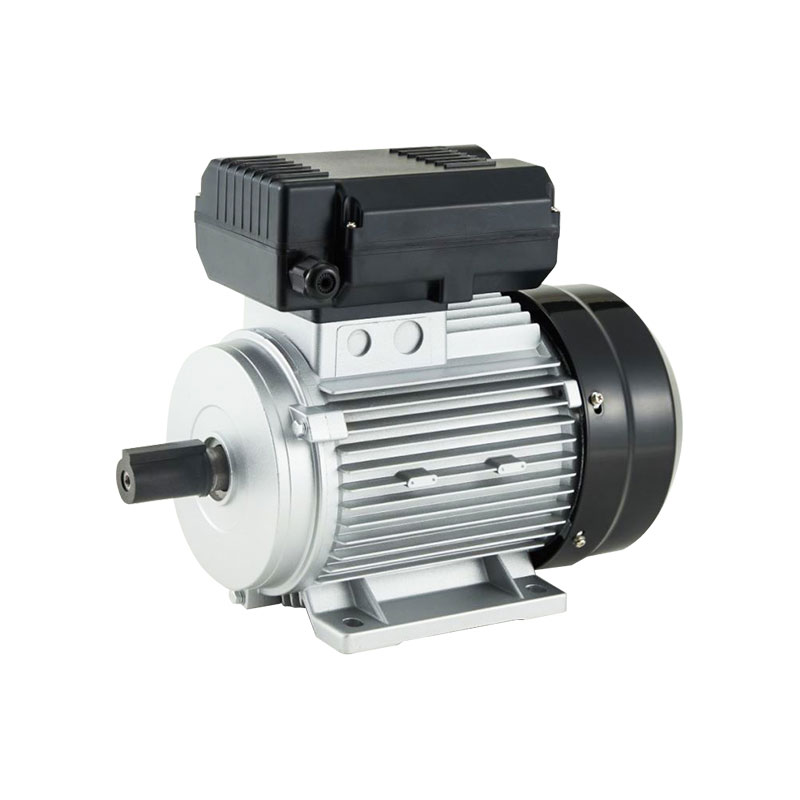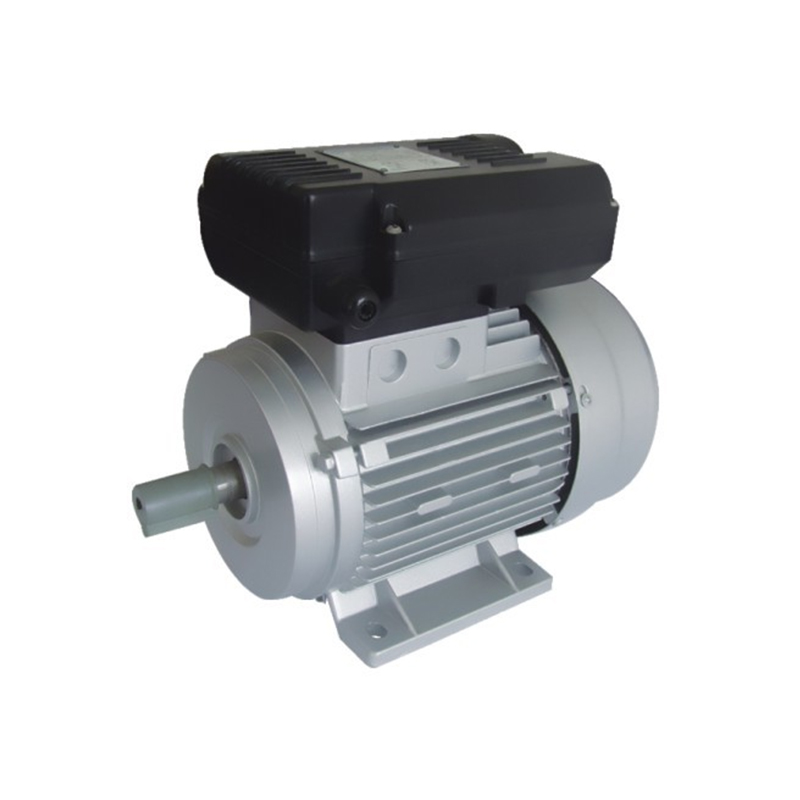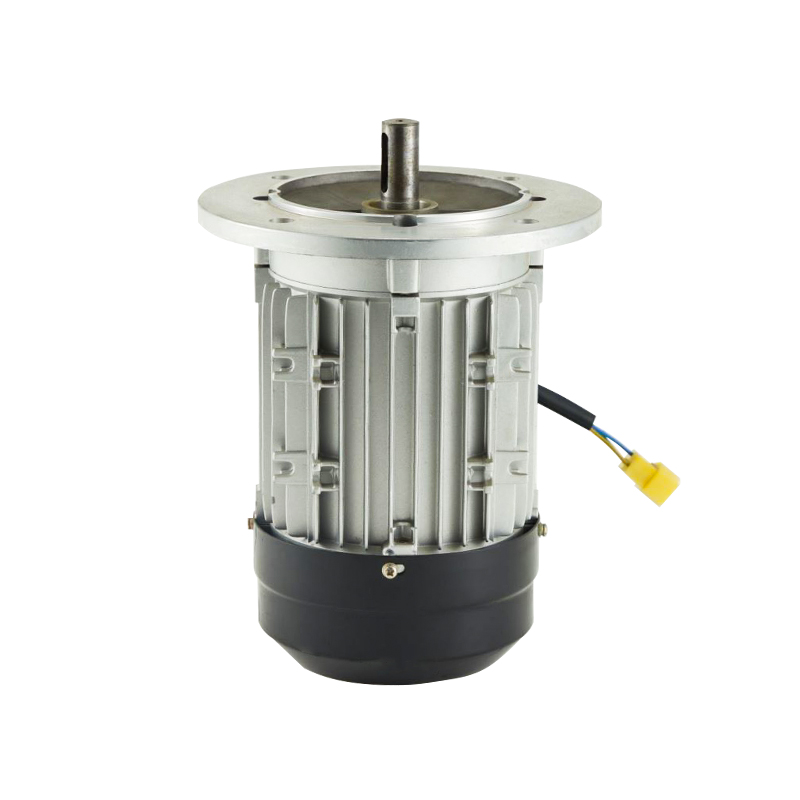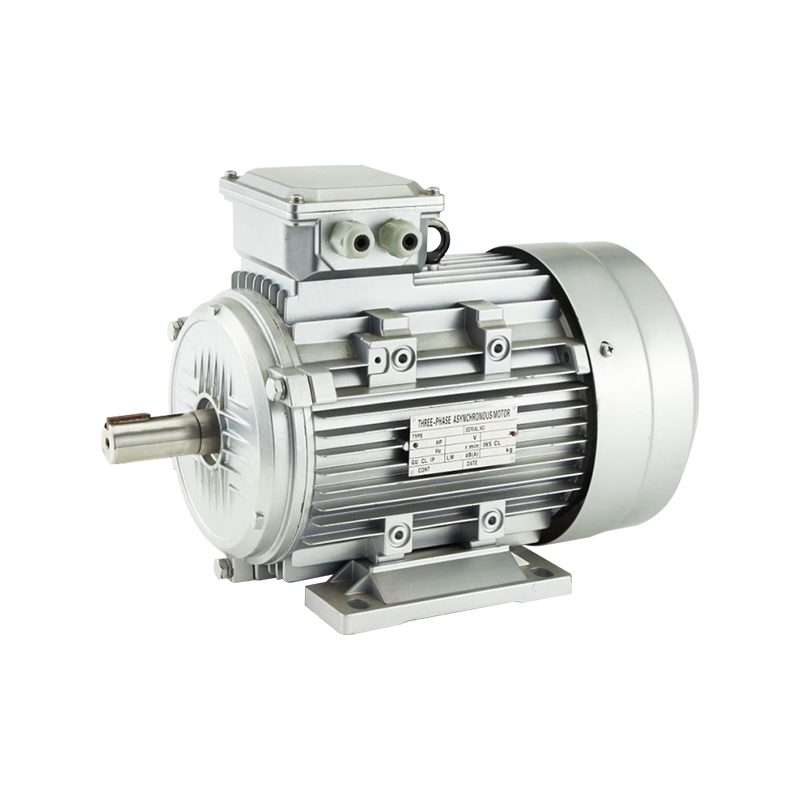Permanent Magnet Synchronous Motors (PMSMs) are renowned for their efficiency and precision in various applications, from industrial machinery to consumer electronics. This article explores the working principles of PMSMs, including single-phase versions and heavy duty AC motors, providing a comprehensive understanding of how these motors operate.
Permanent Magnet Synchronous Motors: An Overview
Permanent Magnet Synchronous Motors (PMSMs) are AC motors that use permanent magnets to create a constant magnetic field in the rotor. This configuration contrasts with other AC motors, which rely on electromagnets to generate the magnetic field. The synchronous aspect of PMSMs refers to the fact that the rotor's rotational speed matches the frequency of the AC power supply.
Working Principle of Permanent magnet synchronous AC motor
At the heart of a PMSM's operation is the interaction between the rotating magnetic field generated by the stator and the stationary magnetic field provided by the permanent magnets on the rotor. The key stages of operation include:
1. Magnetic Field Generation: In PMSMs, the stator is energized by an AC power supply, creating a rotating magnetic field. This field rotates at a synchronous speed determined by the frequency of the power supply and the number of poles in the motor.
2. Rotor Interaction: The rotor of a PMSM contains permanent magnets that generate a static magnetic field. As the rotating magnetic field from the stator interacts with the magnetic field of the rotor, it causes the rotor to align with the rotating field. This alignment forces the rotor to rotate at the same speed as the stator's magnetic field, which is why the motor is referred to as synchronous.
3. Torque Production: The interaction between the stator's rotating magnetic field and the rotor's magnetic field generates torque. This torque drives the rotor to follow the rotating magnetic field, producing mechanical output. The absence of slip in PMSMs ensures precise control of the motor's speed and position.
4. Control Systems: PMSMs often utilize advanced control systems to manage the precise alignment of the rotor with the stator's magnetic field. These control systems can adjust the phase and frequency of the AC supply to optimize performance for various applications.
Single phase permanent magnet synchronous motor
Single phase permanent magnet synchronous motor (SPMSMs) operate on similar principles as their three-phase counterparts but are designed for applications where three-phase power is not available. The single-phase version uses a single-phase AC supply to create a rotating magnetic field. However, achieving synchronous operation with a single-phase supply is more complex. Typically, these motors employ auxiliary windings or capacitors to create a phase shift, allowing the motor to achieve near-synchronous speeds.
heavy duty AC motors
heavy duty AC motors, which include PMSMs, are designed to handle substantial loads and operate under demanding conditions. These motors are built with robust materials and advanced cooling systems to ensure reliability and longevity. The principles of operation remain consistent with other PMSMs, but the design and construction are optimized to manage higher torque and power requirements.
1. Enhanced Materials: Heavy-duty PMSMs use high-strength materials for both the rotor and stator to withstand the stresses of high-load applications. These materials are selected for their durability and ability to operate efficiently under high temperatures.
2. Cooling Systems: Effective cooling systems are crucial in heavy-duty motors to prevent overheating. These systems can include fans, liquid cooling, or other methods to maintain good operating temperatures.
3. Precision Engineering: The design and manufacturing of heavy-duty PMSMs involve precision engineering to ensure that all components can handle the high stresses and operational demands. This includes balancing the rotor, aligning the stator windings, and ensuring the integrity of the permanent magnets.
Applications and Benefits
PMSMs, including single-phase and heavy-duty variations, offer several advantages across different applications:
- Efficiency: The use of permanent magnets eliminates the need for current in the rotor, reducing energy losses and improving overall efficiency.
- Precision: The synchronous operation ensures accurate control of speed and position, making PMSMs suitable for applications requiring precise control.
- Reliability: With fewer moving parts and less wear compared to other motor types, PMSMs tend to be more reliable and require less maintenance.
In summary, Permanent Magnet Synchronous Motors operate on the principle of synchronizing the rotor's speed with the rotating magnetic field of the stator. Whether in single-phase configurations or heavy-duty applications, PMSMs provide efficient and precise performance. Understanding their working principles helps in selecting the appropriate motor for specific needs and optimizing its operation in various applications.

